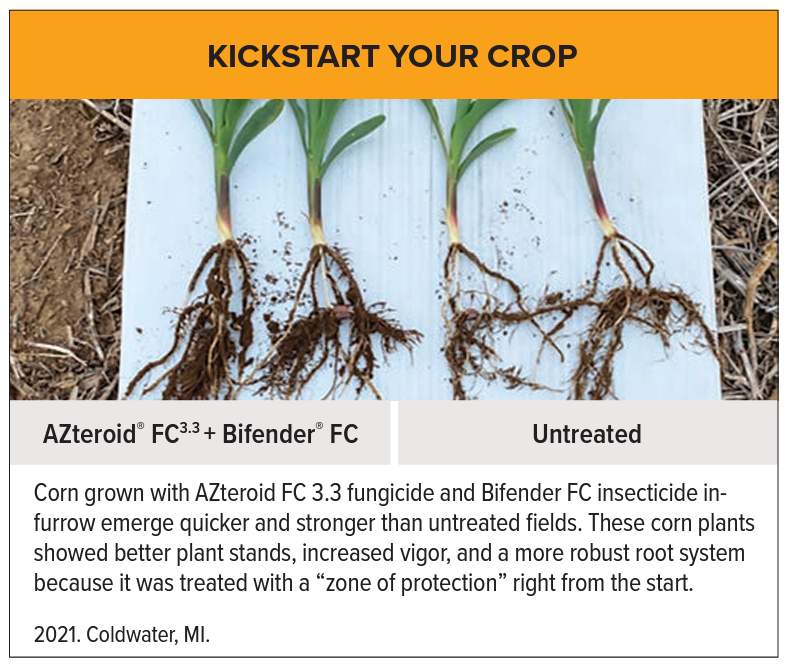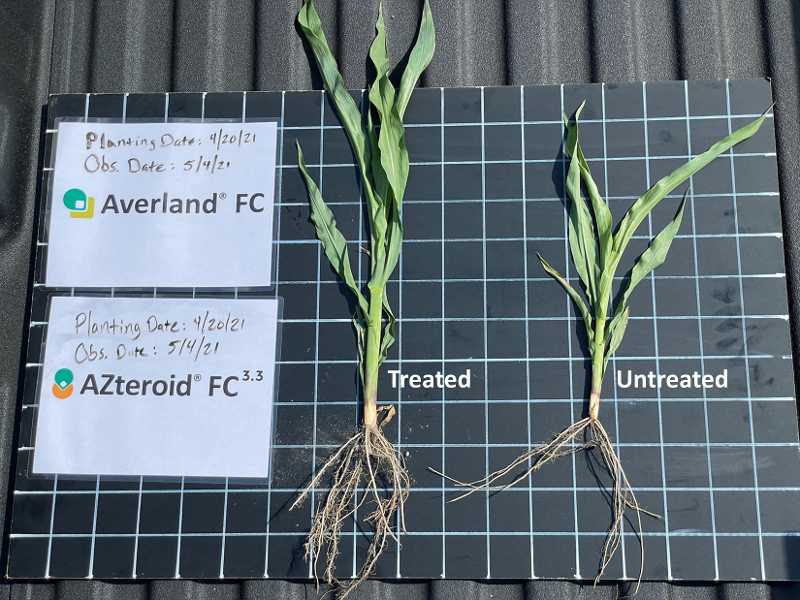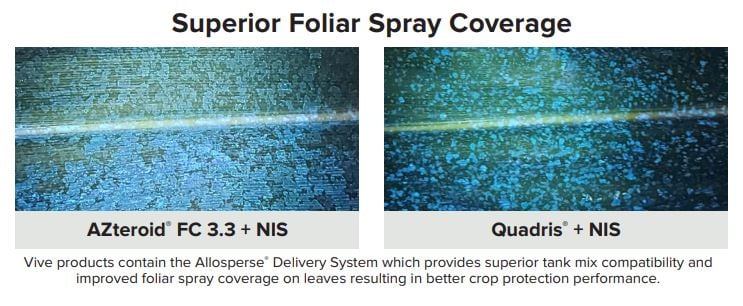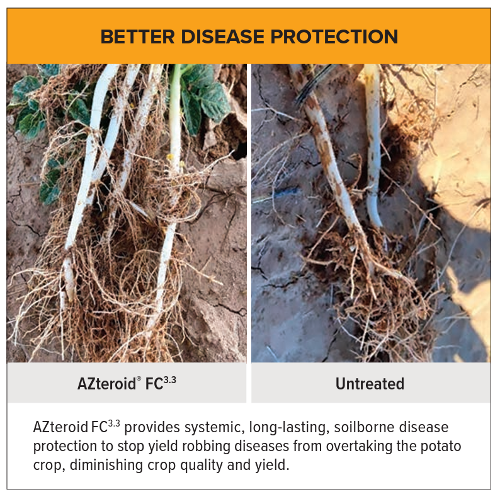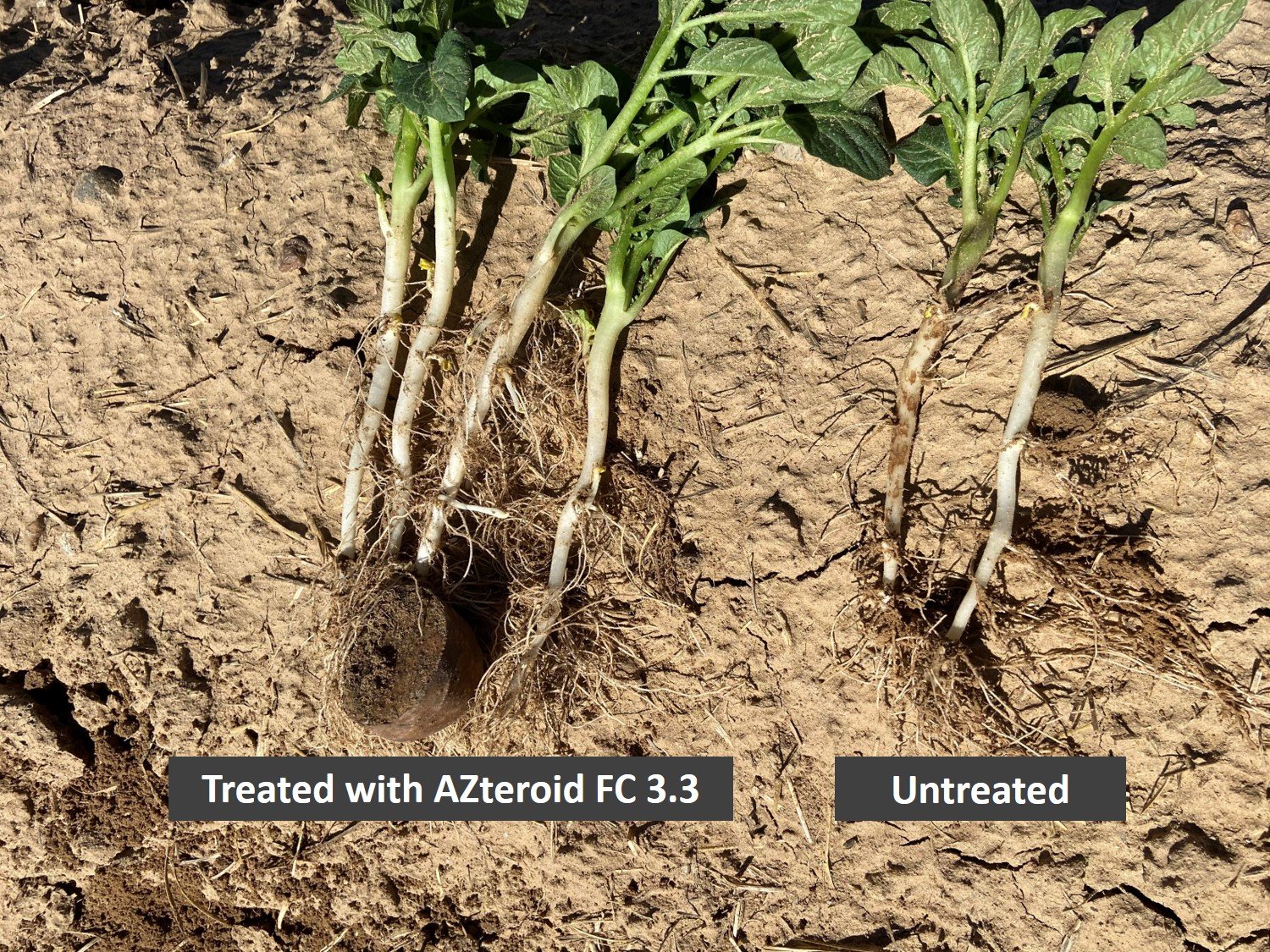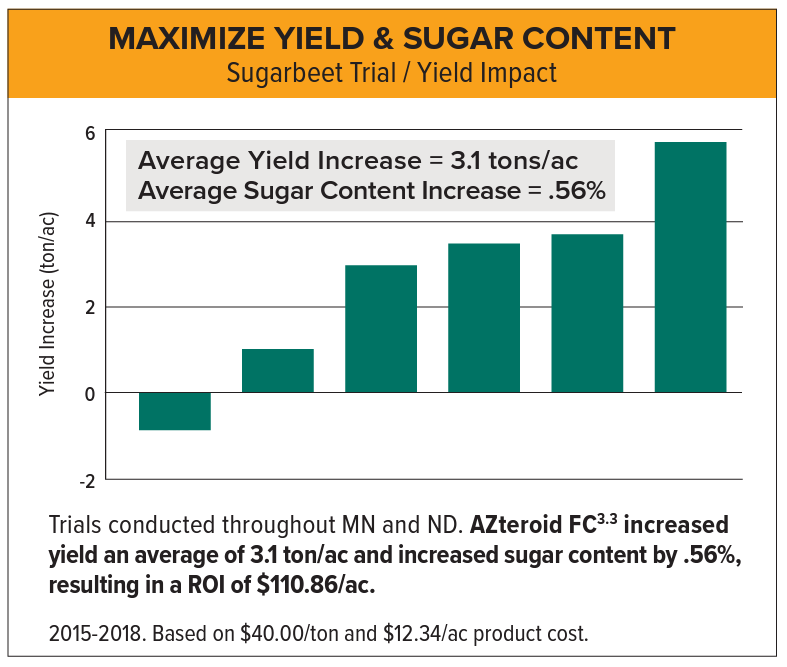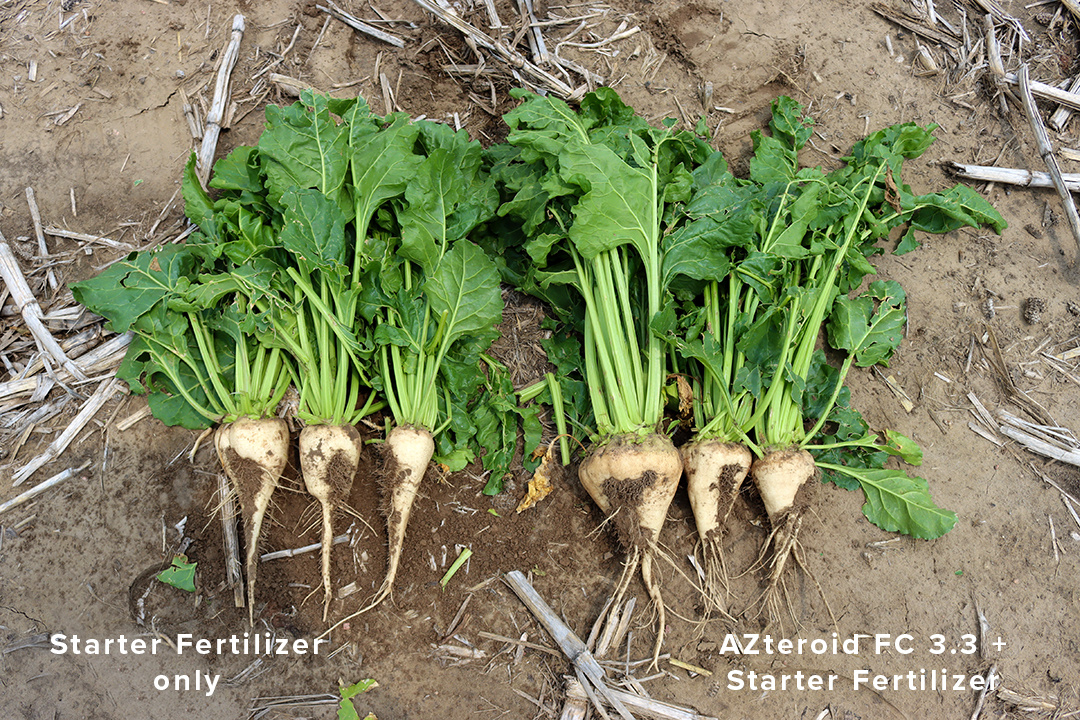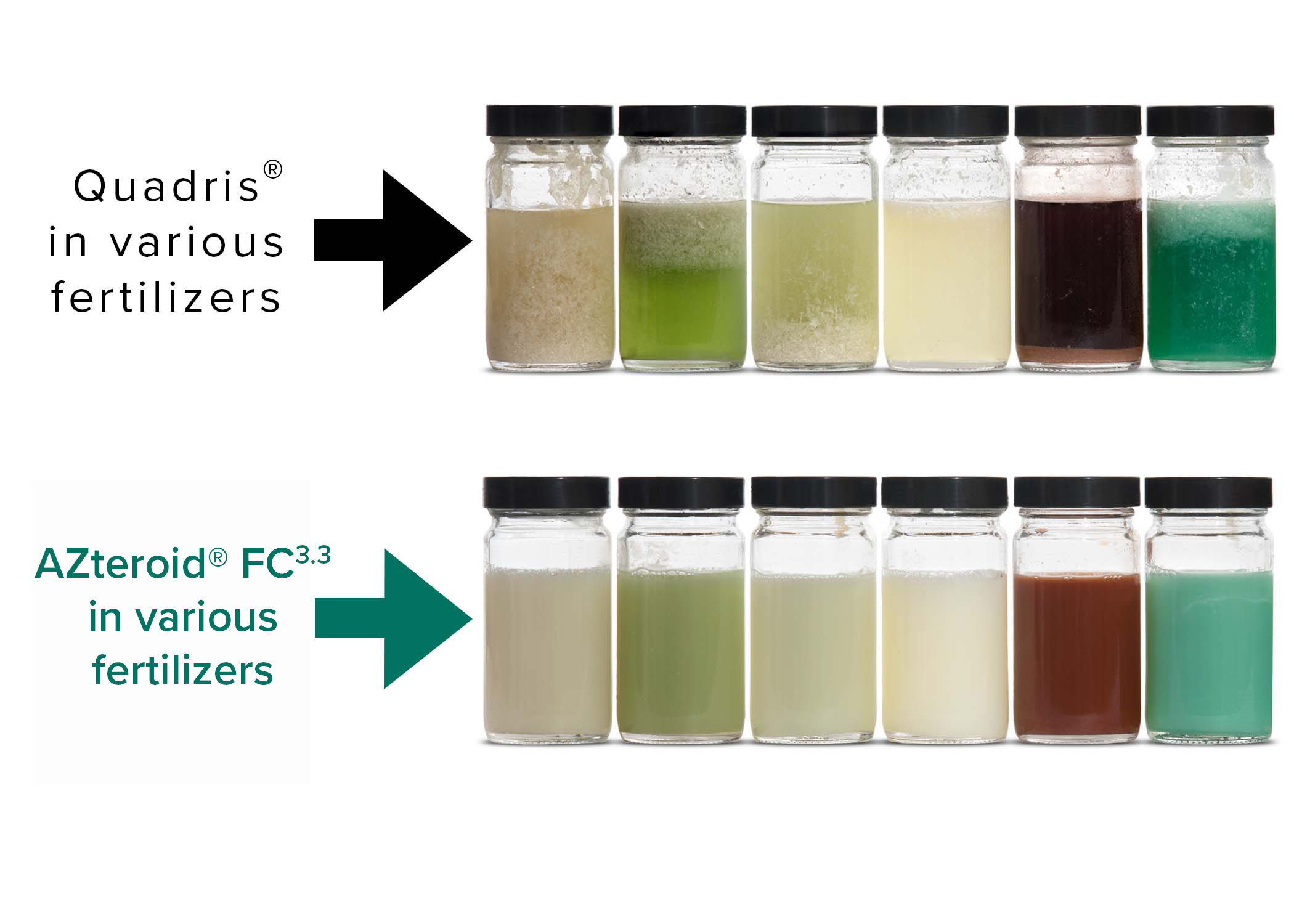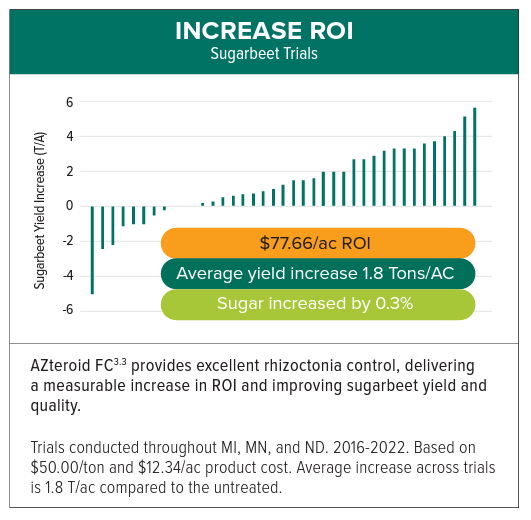By: George Huckabay, Southern Technical Sales Agronomist
Looking back, the 2021 growing season will go down as one of the most unpredictable years in recent agricultural history. As we head into the 2022 season, many of the same issues that plagued growers in 2021 have been exacerbated by supply chain issues and the rising cost of crop inputs. This has led to numerous discussions with growers concerning their 2022 cropping plans. Growers have stressed “We have to make this year’s crop count,” and “I want to be sure that I am doing everything I can to maximize yield.” Numerous economic studies have been conducted to identify the cost associated with different crop production timings. For corn growers, getting the seed in the ground typically accounts for 40-50% of the total production cost, including fertilizer, lime, seed/tech cost, and any at-plant or in-furrow crop protection products. Maximizing emergence and the early growth of the corn plant is critical.
One early season pest that is not widely known and can cause extensive damage to a crop is the nematode. Nematodes are microscopic round worms that are free-living in the soil. There are thousands of species of nematodes that inhabit the soil, but the ones we are concerned about are the ones classified as plant-parasitic. The main morphological characteristic of plant-parasitic nematodes is the presence of a stylet protruding from their mouth. The nematode damages the roots through this stylet by either stinging or feeding off these roots.
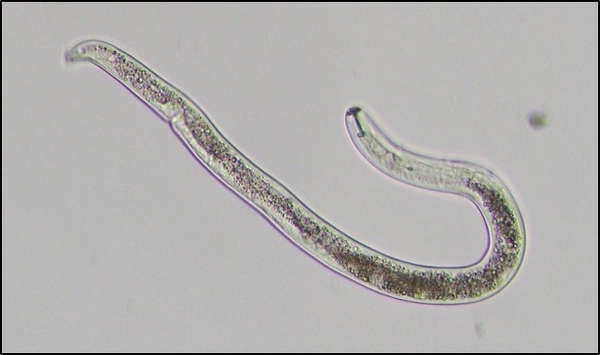
Figure 1. A lesion nematode female, of the species Pratylenchus penetrans. A. Gorny, NC State University.
When a corn plant’s root system is damaged in the first 50 or so days after emergence, there are several critical physiological yield determining factors that can be adversely affected. One of these physiological processes is the determination of potential ear density. Any stress in that time period could cause the crop to produce less ears per acre. On “fixed” eared varieties the highest yields are achieved by having more ears per acre. Next would be the potential plant parts or the factory development. The last process that occurs is when the nematodes feed. This can be the most severe in the determination of number of rows on the ear. Stress at this period could significantly reduce a grower’s yield. All these processes occur in the first 50 days of the life cycle of the corn plant. Early season nematode injury left untreated can significantly reduce yield potential. Proper detection and diagnosis are paramount in achieving the highest yields possible and putting the growers’ expensive inputs to good use.
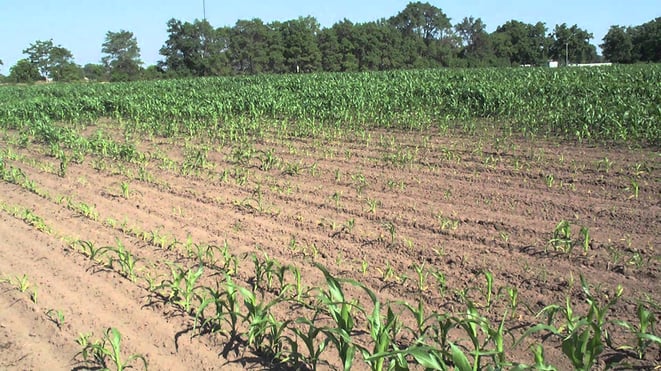
Integrated pest management or IPM, is the backbone of combatting nematodes and many other pests. IPM programs use current, comprehensive information on the life cycles of pests and their interaction with the environment to develop a control strategy. Some of these practices are crop rotation, selecting resistant varieties, planting cover crops that reduce nematode populations, proper sampling and detection of nematode populations, and lastly chemical controls. Chemical controls can be a seed treatment, in-furrow nematicide, soil fumigant, or a granular nematicide. Vive Crop Protection’s Averland FC nematicide/insecticide/miticide is the only liquid abamectin product labeled for in-furrow use in corn. Averland FC is compatible with most liquid fertilizers, micronutrients, and other crop inputs so it’s an easy add to any tank mix. The ability to mix Averland FC with liquid fertilizers and apply it while you are planting saves time and resources, creating a more efficient planting operation. Averland FC provides suppression on a broad spectrum of plant-parasitic nematodes, including root knot, reniform, and stubby root nematodes. Having the nematicide as close to the seed as possible ensures that the seed is protected as soon as it goes in the ground. Plus, Averland FC is not readily leached by rainfall and will stay put longer when compared to other nematicides that can leach or “gas off.”
To learn more about Averland FC and Vive Crop Protection please visit www.vivecrop.com.

